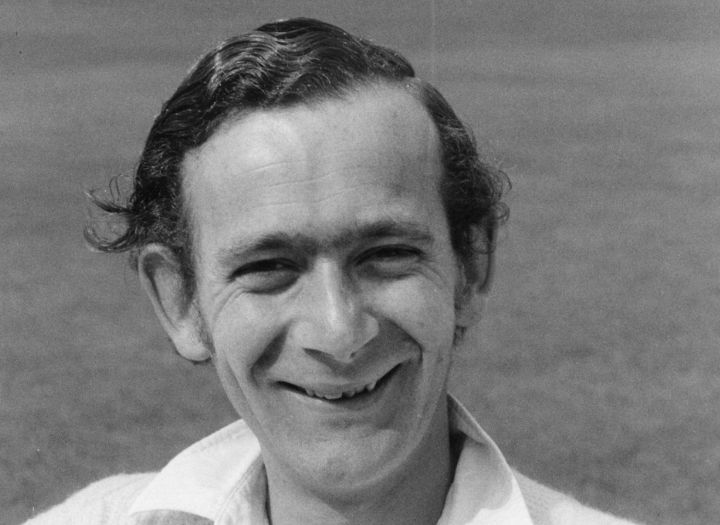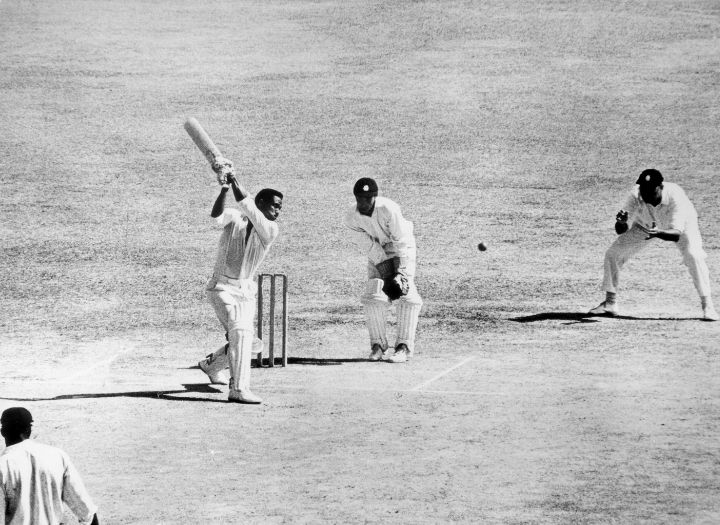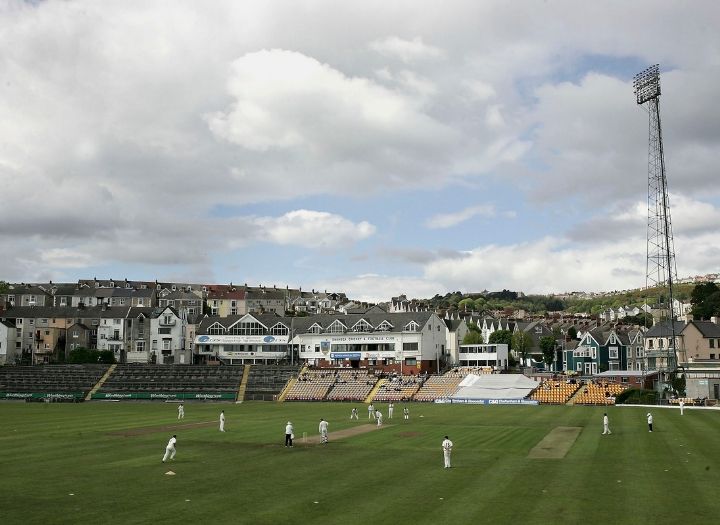Thomas Blow takes a look at the archive to remember Malcolm Nash's famous county career, including that record-breaking over to Garry Sobers in the summer of ‘68


Earlier this week, it was announced that former Glamorgan bowler Malcolm Nash had died aged 74.
He enjoyed an illustrious career. In 336 first-class matches, he claimed 993 wickets at 25.87 and scored two centuries. And in 27 list A games, he enjoyed 324 dismissals.
But he will always be best remembered for six balls and the season that subsequently followed.
On 31 August, 1968, Glamorgan hosted Nottinghamshire in the County Championship at Swansea. Playing for the visitors that day was Garry Sobers – the captain of West Indies and the greatest allrounder on the planet.
As a 23-year-old Nash ran up to face the great man, he was hit for six consecutive maximums. 36 runs in one over. It was a passage of play that has never been forgotten, though in 1968, The Cricketer barely reported on it due to the importance of the D’Oliveira affair.
Remarkably, one of the most famous incidents in the history of the game was reduced to a few lines from Alex Bannister in the 1968/9 Winter Annual.
On the following day at Swansea any fanciful Welsh thoughts were rudely shattered by a century from Brian Bolus, and Sobers’ world record of six sixes in one over by Malcolm Nash. It can be assumed Nash is not an advocate of an eight-ball over! Before declaring, Sobers, already the scorer of the fastest century of the season, made 76 in 35 minutes.
In fairness to The Cricketer, at the time, the Swansea episode was nothing out of the ordinary for Sobers – as illustrated in the 1969 Spring Annual, when all 34 of his first-class records were listed!

Garry Sobers broke multiple records in his first class career
Despite being taken apart at Swansea, Nash bounced back to inspire Glamorgan to just their second Championship title the following season. He was the side’s leading wicket-taker with 80 at 19.5, and he chipped in with 435 useful runs. The next Winter Annual read as follows.
Glamorgan won the County Championship when they beat Worcestershire by 147 runs before a huge and splendidly triumphant crowd at Sophia Gardens, Cardiff. They had seemed certain to win the title, and during their brief period at the top of the table they barely had to time to come under great pressure or to lose their self-confidence. They have not been beaten this season…
It [the title race] became a contest between Glamorgan and Surrey. Until Surrey faltered by conceding 400 runs to Hampshire, whom they just held to a draw, and then lost for the first time, to Essex, all could have rested on the final match of the season at The Oval, a ground, as we know it, now in its last days before a vast rebuilding scheme.
By then, however, Glamorgan were undisputed champions, unassailable and unbeaten, the pride and joy of Wales. The last unbeaten champions were Lancashire as far back as 1930, and to the true Welshman, The Oval would have been no place to do justice to the occasion…
With Surrey lagging behind, Glamorgan now had only to beat Worcestershire at Cardiff, a job they completed with exemplary efficiency by mid-afternoon on the third day. There were songs and speeches, and each player in turn acknowledged the cheers of the crowd…
All in all, a memorable summer belonged to Glamorgan.
While the 1969 season was the pinnacle of Nash’s career, there were still many other highlights – including when he dismissed Mike Brearley for a duck in the 1977 Gillette Cup final, and when he almost emulated Sobers, as reported in the July 1978 issue.
Malcolm Nash of Glamorgan hit four successive sixes off Somerset slow left-arm bowler Dennis Breakwell in the Schweppes Championship match at Taunton.
1978 was actually one of Nash’s more prolific seasons with the bat, scoring a century and 794 first-class runs at 27.37. His ability with both bat and ball was noted in the November 1978 issue.
Nash, after years of carrying the bowling, blossomed as a genuine all-rounder [this season].
And of course, his two-year stint as Glamorgan captain will have been one of his proudest honours. The 1981 Spring Annual reads as follows.
Much is expected of them [Glamorgan], as well as Malcolm Nash, an estimable left-arm swing bowler and the leading wicket-taker, for whom captaincy was a new experience last year. Nash should be all the wiser after his initiation.

St Helen's in Swansea, the ground where Sobers hit Nash for six consecutive sixes
After a 17-year first-class career, Nash left Glamorgan for a short stint with Shropshire in 1983. He eventually retired from cricket in 1985 to take up coaching, but he’s never been forgotten – as proven by Paul Morgan’s ode from the March 2010 issue.
The left-armer Nash, if truth be told, was probably a yard too slow to win that elusive Test cap, but it did not stop young Glamorgan fanatics crowding round a radio or heading to the newsagent for the South Wales Evening Post when a Test side was due to be announced.
He must make it this time, we thought, as his consistency set him apart from seamers up and down the country. But he never did, in age before the proliferation of international cricket, when England caps arrived infrequently and only a tiny percentage of professional players got the chance to play for their country…
Nash, who was also a talented hockey player, won world notoriety in 1968, of course, when Garry Sobers despatched him to all corners of St Helen’s with his six sixers in an over for Nottinghamshire. Nash once told me never had to by a drink in the West Indies as a result of that over.
He did miss one trick, though, failing to pocket the ball. In November 2006 it sold for £26,400 at Christie’s, even though the provenance of that ball is disputed…
We will not remind Dennis Breakwell that Nash almost returned the favour, hitting the bowler for four consecutive sixes, but it does remind me of how we also loved his lower-order big hitting that brought him a couple of centuries and 7,129 first-class runs. His love of the game and sense of dun shone through in some of those shots.
While Nash is known all over the world for Sobers’ six belters, it says much for him that he never let it define his career. A year later, he helped Glamorgan to win the County Championship…
He had many great days in the Glamorgan jumper, but for me his bowling in the 1977 Gillette Cup final stands out…. We believed it to be just reward for an exceptional career, as were his figures that day of 2 for 31 from 12 overs….
We will always have that great ball to Brearley and we will always have Malcolm Nash.
Malcolm Nash died on 30 July, 2019.
To celebrate England winning the World Cup you can subscribe to The Cricketer for just £20.19. Click here to learn more
Subscribe to The Cricketer for exclusive content every day: The inside track on England's Test tour with George Dobell in Pakistan, award-winning analysis, breaking news and interviews and the only place for in-depth county coverage all year round. Plus: An ad-free app experience at your fingertips. Subscribe to thecricketer.com today for just £1.